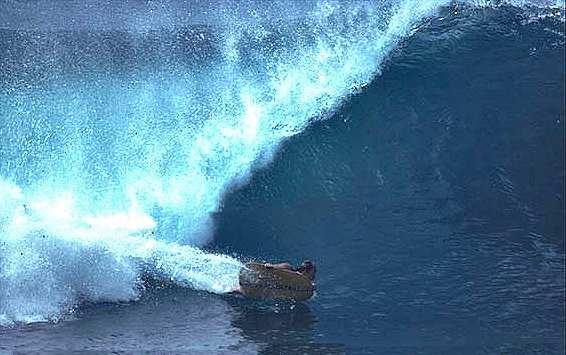 |
surfresearch.com.au
the
paipo* catalogue
|
the paipo* catalogue
*A generic term for surfcraft usually ridden prone or kneeling, including the Paipo, Lamaroo, Handboard, Bellyboard, Surf-o-plane, Coolite, Kneeboard, Spoon, Slab, Mat, Boogie, etc, etc.
